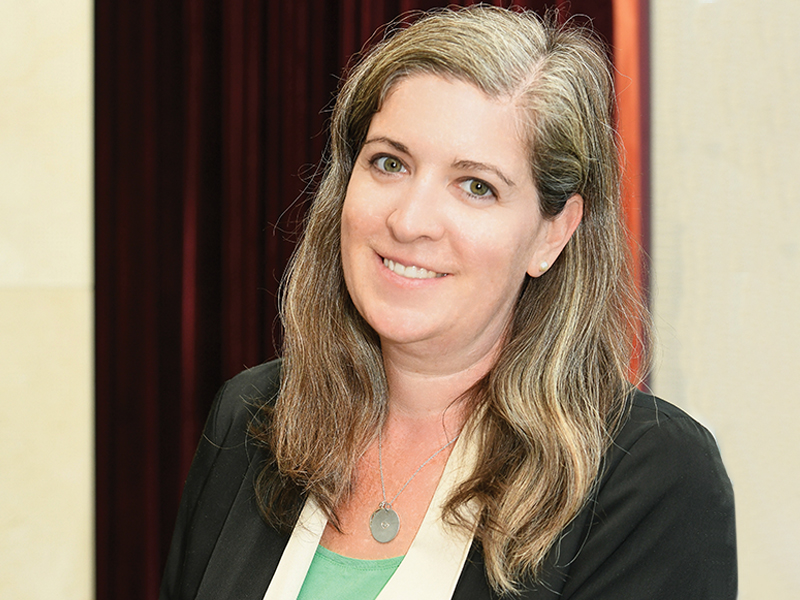

As employers continue to ramp up their focus on diversity, equity and inclusion, Benefits Canada is returning with its sophomore DEI issue.
In my editorial at the front of last year’s June issue, I highlighted the overdue and rising attention on DEI in the workplace, but also pointed out the importance of going beyond ideas and words and translating them into action.
This central concept returns in this issue’s Head to Head, which asked whether employers should be speaking out on diversity. On one side, Ksenia Kamenskaya, head of people and culture at Rothmans, Benson & Hedges Inc., says to make progress on issues related to DEI, businesses need to speak up and add their voices to the conversation in order to create awareness, foster social acceptance and, eventually, prompt a call to change.
Read: Head to head: Should employers speak out on diversity issues?
On the other side, Neena Gupta, a partner and former co-chair of the diversity and inclusion council at law firm Gowlings, takes a more cautionary view, noting DEI isn’t just about saying the right things and having the right policies, but changing the systems that increase the success of diverse people in the workplace.
Gupta’s position is also reflected, in part, in this month’s Investment Feature. “Let’s not only talk about those demographics and whether or not they’re represented and have a seat at the table,” says Marielle Brunelle, a spokesperson for the Investor Leadership Network. “Let’s make sure they’re supported by policies and programs to actually stay at the table and that we’re not just counting heads for diverse hires and then losing them.”
A large section of Benefits Canada’s inaugural Future of Work Survey, which was published last year, focused on questions around employer’s DEI strategies. It found close to a third (37 per cent) of employers have increased their focus on DEI since the beginning of the coronavirus pandemic, while half either already have a formal DEI strategy (30 per cent) or are working on one (20 per cent). Among employee respondents, 61 per cent rated their employers’ DEI efforts as good.
The 2023 survey results are back with our editors this month, so it will be interesting to see how these views have evolved over the last year. We’ll be sharing it with our readers in the 2023 Future of Work Survey Report and webinar, coming in October.
Back to this month’s issue, employers — and the partners that work with them — need to be collecting a lot of data to move the needle on DEI in the workplace. In the Benefits Feature, Michelle Grocholsky, founder and principal at consultancy Empowered EDI, says that, when her firm is working with employers to develop their DEI strategies, it analyzes data gathered through surveys, focus groups and interviews with an eye toward intersectional identity groups and cross-referencing demographics such as gender, age, sexual orientation and disability status.
“This is so we can better understand how a person having multiple different identities might impact their experiences, but also their outcomes inside of an organization.”
Read: How employers are using data to integrate DEI into their benefits plans
It’s a complex area — as Gupta says in the opening of her response to the Head to Head question: “DEI is hard work and companies usually underestimate the time, work and expense involved.”
Indeed, creating — and maintaining — a strong focus on DEI involves more than just checking a box or talking the talk. It’s also more complex than just implementing policies and programs. In determining what they want to say about DEI in the workplace, employers can access a wealth of resources — including data — then incorporate it into everyday practices and make it last.
Jennifer Paterson is the editor of Benefits Canada.
